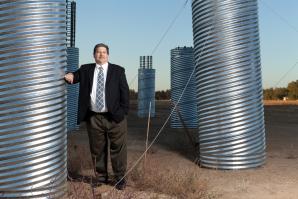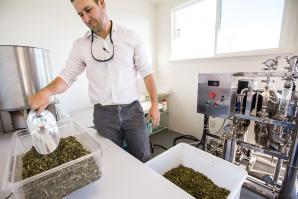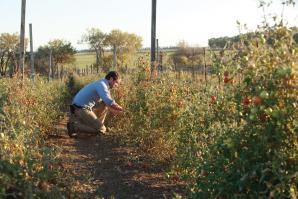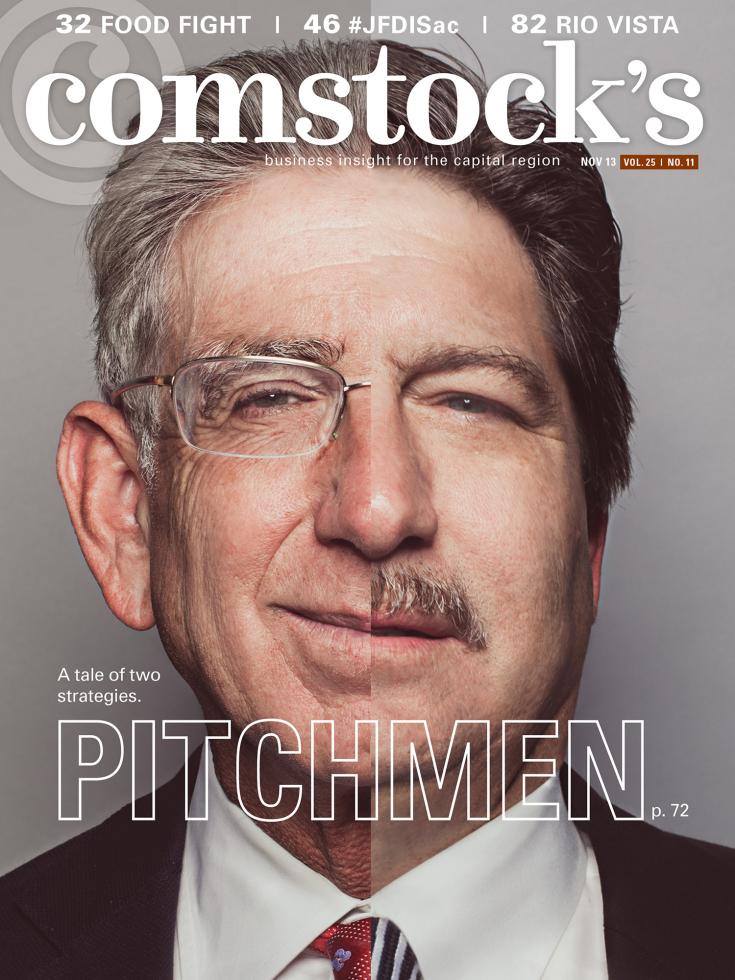Recommended For You

Love Thy Neighbor
Sacramentans love infill development – until it actually happens
Infill development is promoted as an antidote to suburban sprawl and environmental degradation and is championed by city planners, environmentalists and policy makers of all persuasions. But as local developers Paul Petrovich and Phil Angelides have long known, infill leads to fights over allegations of increased traffic or environmental hazards.

Sugar & Splice
The Capital Region offers everything nice for ag-bio companies like Stevia First
A Capital Region startup is striving to be among the first in the nation to produce the zero-calorie, natural sweetener stevia on an industrial scale. An agricultural biotech company, Yuba City-based Stevia First is bolstering its chances of success by actively collaborating with experts in the field, drawing on the area’s robust talent pool of farmers, agronomists, agricultural innovators and biotech experts to develop a product that’s superior in both taste and cost compared to its foreign competitors.

Foundation Building
The new Sacramento restaurant that almost wasn’t
It took a year of arduous twists and turns, but Matt Sin and Krissy White finally got what they wanted. The business partners and co-owners of the just-opened Foundation Restaurant & Bar at Fourth and L streets in downtown Sacramento have an eatery of their own. It’s a sweet relief to be sure, because the story behind it is rather unsavory.

Dusting Off and Moving Forward
Acuity with Daniel Keen
Daniel Keen, 54, was named city manager of Vallejo in March 2012. He has worked for seven California cities over a span of 30 years and has held city manager positions for 18 years.

Let Me Down Easy
7 tips for firing employees properly
Terminating an employee is never easy, and there are no guarantees that you won’t be slapped, but there are a few things you can do to make it easier on everyone.

Go Time
Hey Sacramento, let’s stop talking and get something done.
You may have recently noticed some random references to JFDI. Maybe it was in a tweet or a sticker on the back of a cell phone. The initials stand for Just F*cking Do It. It isn’t a new movement or an acronym from a New York Times Best Seller. It represents an attitude, a mindset and — most importantly — an unwavering willingness to act.

14 for ‘14
The essential business metrics you need to track in the new year
New Year’s is the quintessential time for small businesses to make (and keep) resolutions for growth. But achieving your company’s 2014 goals hinges on knowing some important numbers, and many businesses never go beyond their income to identify and track essential metrics. Here are the 14 most important performance measures to track this year.

Elder Appeal
Community banks boost services to retain retirement-bound clients
Robert Fay likes to tell the story of a client whose father worked with his grandmother long ago. She mentioned her plan to move her money to an investment firm. “I told her, ‘You should talk to me.’ After we had gone through all that [our bank could] do, I said, ‘Dorothy, you know I’m going to do the best I can for you.’ She said, ‘I know you will. And if you don’t, I’ll tell your mother.’”

Waterborne Disorder
In the event of flood, area hospitals are at risk
In the hours before Hurricane Sandy hit New York last year, the country’s oldest public hospital thought it was ready.

Land of the Fee
Can micro loans dig farmers out of their financial holes?
Today’s small farmer climbs an uphill battle to find land, secure capital and overcome the hefty start-up costs. Today, farmers make up less than 1 percent of the population (compared to 15 percent in 1950), they tend to be older (the average age is 57) and about 25 percent are expected to retire in the next 20 years. “This is a new problem for human society,” writes Sharon Astyk, author of “A Nation of Farmers.”

Pushing Boundaries
Infill projects seek to redefine the way we envision Sacramento’s borders.
In California’s post-redevelopment era, landowners, developers and local governments have struggled to make infill projects pencil out. Unlike new suburban developments that offer blank canvases and creative freedom, infill projects are most often shoehorned into existing neighborhoods and commercial developments where community expectations are high and cleanup costs are steep.

Don’t Count Me Out
Though some say it's a ghost town, citizens refuse to let Rio Vista die
The town of Rio Vista has lost gas production, lost weekend crowds of boaters and windsurfers and lost flagship hotels and Delta shoreline restaurants. But more importantly, its people have lost the notion that prosperity returns to those who stick to the status quo and wait it out.




